#early english renaissance
Text

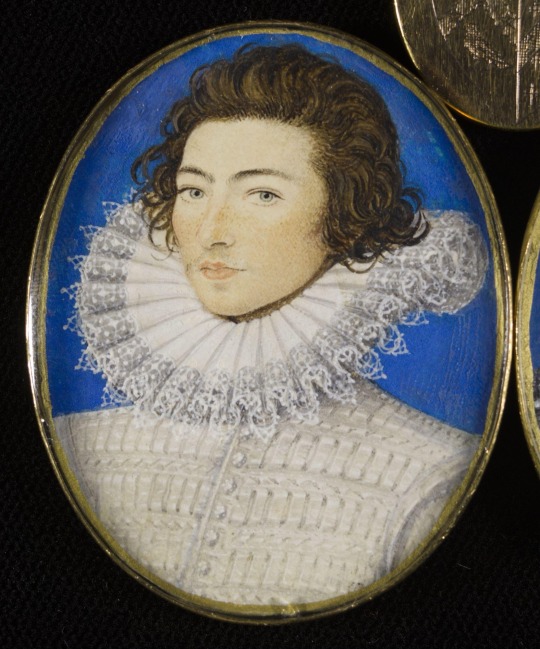

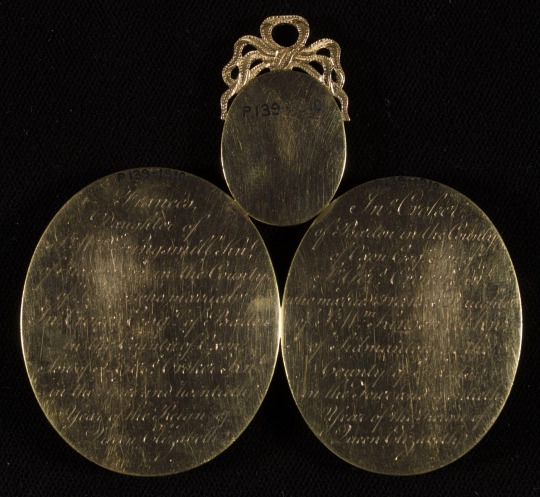
Miniature wedding portraits of Frances and John Croker of Barton by Nicolas Hilliard, circa 1581.
#freckles#early modern#early modern era#early modern period#english renaissance#english#renaissance#cool#portraits#portrait#painting#paintings#wedding#romance#love#couple#marriage#romantic#pretty#handsome#aesthetic#academia#history#fashion history#fashion#style#interesting#nicolas hilliard#elizabethan#tudor
240 notes
·
View notes
Text

The Buccleuch Collection miniature of Catherine of Aragon
#catherine of aragon#katherine of aragon#catalina de aragon#tudor history#henry viii#the tudors#english history#tudor era#tudor england#tudor period#tudor dynasty#house of tudor#16th century#16th century art#sixteenth century#reniassance#renaissance art#early modern#art#art history
13 notes
·
View notes
Text
It's occasionally weird to think that, despite over 20 years of preoccupation with Austen, I probably owe more of my academic career to Neil Jordan.
#i always liked shakespeare (duh) and the early modern aesthetic(tm) but#i was like ... i want to be into something less moralizing. i've heard of some stuff so let's go with *throws dart* the borgias#after an episode and a half i could feel the hyperfixation coming#when a non-shakespeare early modern drama course came up i was like 'i must know More' and signed up#after a year and a half i was teaching the prince to remedial english students#and it's also why i wrote my paper on the borgias that got me into my phd program#like. asfdjkh;asdjd;;;;dfkj#anghraine babbles#ivory tower blogging#political shenanigans and codependent siblings#renaissance blogging#early modern blogging#austen blogging
24 notes
·
View notes
Text
someone take this device away from me i am much too tired to be dignified. pay this buffoon no mind.
#is that that word#much too#those are words#when i am sleep deprived i get rambly so thats what this is#please tune me out i will tired post and comment and tag and it is humiliating bc its not my true potential#i am better than this!#go to sleep!#nay#i shall keep on for some reason#old speech posting i guess. what era is this#shakespearean? early modern english? what era was that#anyway the Some Reason is boredom and need of sleep#i will continue to ramble stop laughing at me#bloop#ren faires are so fun even though they have like. nothing to do with the renaissance. im in the process of making a cape. sewing machine is#a bitch. why do i keep adding tags#fuck off stop looking at me#dont reply to this please spare me some pride#why did i even make this post#anyway i shoudl really be more educated on history#fuck what was i thinking about. bees?#no ren faires right#who wants to come with me that would be so fun. actually i have only been here for like 3 months and ive only dm’d a couple of you#and even then not a lot. but in my defense how tf do uou keep a conversation. how does that work i cant even do it in person#ive decided to cut myself off#bye
11 notes
·
View notes
Text
Resist accepting absence of evidence as evidence of absence.
#a slight paraphrase from Valerie Wayne in Women’s Labour and the History of the Book in Early Modern England#aka the BEST LINE IVE HEARD IN AGES#this is explicitly about women’s presence but is so applicable the generalization seemed appropriate#jonniejonniejonquil#I need an Oxford Courses tag#literature#literary canon#English literature#early modern#Renaissance#feminism#women in literature#diversifying the canon#jonnie’s Oxford era
8 notes
·
View notes
Text

Shakespeare's Globe Theatre.
The story of Globe Theatre started with William Shakespeare's acting company, Lord Chamberlain's Men.
William Shakespeare (baptized 26 April 1564 – 23 April 1616) was a part-owner or sharer in the company, as well as an actor and resident playwright.
From its inception in 1594 AD, Lord Chamberlain's Men performed at Theatre, a playhouse located in Shoreditch.
However, by 1598, their patrons, including Earl of Southampton, had fallen out of favour with the Queen.
Theatre's landlord, Giles Alleyn, had intentions to cancel the company's lease and tear the building down.
While Alleyn did own the land, he did not own the materials with which the theatre had been built.
So, on 28 December 1598, after leasing a new site in Southwark, Cuthbert and Richard Burbage led the rest of the company of actors, sharers, and volunteers in taking the building down, timber by timber, loading it on to barges, and making their way across Thames.
Working together, the actors built the new theatre as quickly as they could.
The ground on the new site was marshy and prone to flooding, but foundations were built by digging trenches, filling them with limestone, constructing brick walls above stone, and then raising wooden beams on top of that.
A funnel caught rainwater and drained it into ditch surrounding the theatre and down into Thames.
The theatre was 30m in diameter and had 20 sides, giving it its perceived circular shape.
Structure was similar to that of their old theatre, as well as that of the neighbouring bear garden.
The rectangular stage, at 5ft high, projected halfway into the yard and circular galleries.
Pillars were painted to look like Italian marble, sky painted midnight blue, and images of gods overlooked balcony. It could hold up to 3,000 people.
By May 1599, the new theatre was ready to be opened.
Burbage named it Globe after the figure of Hercules carrying the globe on his back — for in like manner, the actors carried Globe's framework on their backs across Thames.
A flag of Hercules with globe was raised above theatre with Latin motto: 'totus mundus agit histrionem' ('all the world's a playhouse').
Shakespeare's plays that were performed there early on included:
Henry V, Julius Caesar, As You Like It, Hamlet, Measure for Measure, Othello, King Lear, Macbeth, and Antony and Cleopatra.
Here, the Lord Chamberlain's Men enjoyed much success and gained the patronage of King James I in 1603, subsequently becoming The King's Men.
During a fateful performance of Henry VIII on 29 June 1613, a cannon announcing the unexpected arrival of the king at the end of Act 1 set fire to the thatched roof, and within an hour, the Globe burned to ground.
Everyone escaped safely, save for one man whose breeches reportedly caught fire. Two different songs had been written about it by the next day.
Globe was rebuilt by February 1614. The company could then afford to decorate it extravagantly, and it had a tiled roof instead of thatched.
However, by this point, Shakespeare's influence had lessened. He was spending more and more time back in Stratford-upon-Avon.
Disaster struck again in 1642 when the Parliament ordered the closure of London theatres.
In 1644-45, Globe was destroyed and the land sold for building.
In 1970, American actor and director, Samuel Wanamaker CBE (born Wattenmacker; 14 June 1919 – 18 December 1993), set up the Shakespeare's Globe Trust to pursue his dream of reconstructing the original Globe Theatre.
For what would be almost the next 30 years, he and his team worked and fought to obtain the permissions, funds, and research necessary for a project of this scope.
Historians, scholars and architects all worked together in their efforts to build the Globe in the same way Lord Chamberlain's Men did, down to the green oak pillars and thatched roof.
Their work and dreams were fulfilled when the new Globe Theatre opened in 1997, one street away from where original stood.
Globe stands today as a living monument to Shakespeare, greatest English playwright, home to productions of his plays and many other new ones every season.
#William Shakespeare#Globe Theatre#Elizabethan Age#Jacobean Age#British theatre#English Renaissance#Early Modern Period#actor#playwright#writer#Lord Chamberlain's Men#Queen Elizabeth I#Giles Alleyn#1500s#16th century#King James I#The King's Men#1600s#17th century#Samuel Wanamaker#Shakespeare's Globe Trust#theatres#plays
6 notes
·
View notes
Text

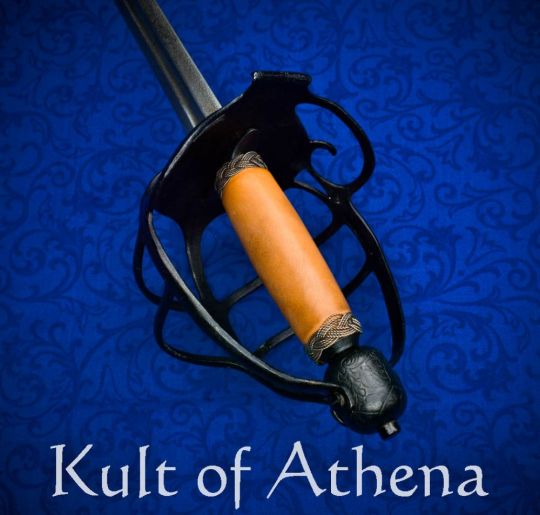

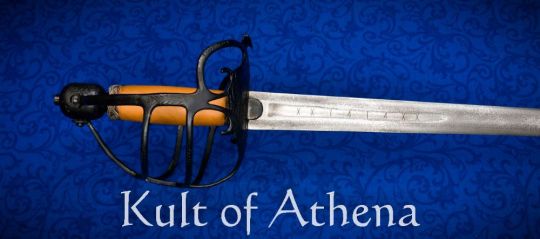
Hanwei – Antiqued Mortuary Hilt Sword
Replicated from an original in the collection of the Royal Armouries in England, Hanwei’s Mortuary Hilt Sword is a classic example of a cavalry or dragoon officer’s sword of the 17th century English Civil War period. Deriving its name from the style of sword which memorialized King Charles I, who was executed in 1649, The Mortuary Hilt Sword’s steel basket is decorated with scrolled foliage. The lozenge-section double-edged blade is partially fullered and bears the swordmaker’s mark “1414”, the derivation of which has been lost in time. The leather handle wrap terminates in silver wire “Turks Head” knots. The sword, like the original, is beautifully balanced. This version of the sword features an antiqued finish. The hilt is crafted in stainless steel, to minimize maintenance, and is finished with a museum-quality patina. The blade of tempered high-carbon blade is also lightly “antiqued” to promote authenticity. The grip of the mortuary-hilt is leather-covered, as is the hard-core scabbard.
#Kult of Athena#KultOfAthena#New Item Wednesday#Hanwei#Antiqued Mortuary Hilt Sword#sword#swords#weapon#weapons#blade#blades#European Swords#Renaissance Swords#Early Modern Swords#European Weapon#Renaissance Weapons#Early Modern Weapons#Royal Armouries in England#17th century#English Civil War#King Charles I
4 notes
·
View notes
Text
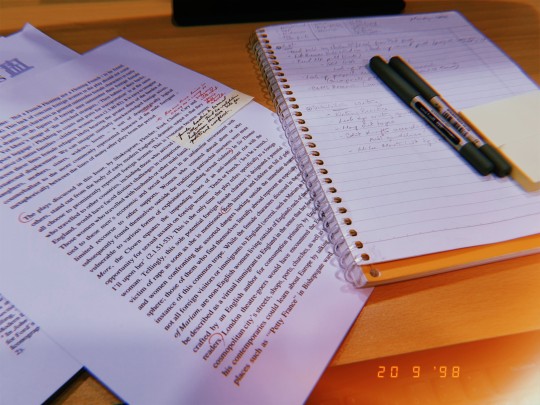
20.09.2022. Reading up on some earlier publications: Early Modern Literary Studies Special Issue 27. The campus bookstore is open again and I'm resisting the urge to get new stationary! 🥲
#deliriousdisquisitions#delirious disquisitions#studyblr#bookblr#gradblr#books#uk#literature#english literature#international students#writing#research#renaissance#early modern literature#dissertation#publication#essay#essay writing#what i'm reading#stationary#bookstore#academia#chaotic academia#study environment#study notes#studyspo#study space#lecture notes#daily journal#literary journal
15 notes
·
View notes
Audio
✰Bourgeoiz Music Discovery✰
#music discovery#music#spotify link#spotify#genres#early music#english renaissance#medieval#renaissance#british choir#music genres#music artists#John Dunstable#tonus Peregrinus#Antony Pitts#song#Kyrie JD 1#Bourgeoiz Music Discovery#MORE MUSIC ON MY BLOG
5 notes
·
View notes
Text
The first gentle movements, when they came, were testament to the fact that a new life had begun. For as far as Tudors were concerned, life did not begin at conception…Life itself was deemed to begin when the soul entered the fully formed foetus, which occurred at 46 days for a boy and 90 days for a girl.
—Elizabeth Norton, The Hidden Lives of Tudor Women: A Social History, p. 1
#elizabeth norton#the hidden lives of tudor women#quote#medieval history#renaissance england#pregnancy#abortion#tudor dynasty#early modern english
14 notes
·
View notes
Text


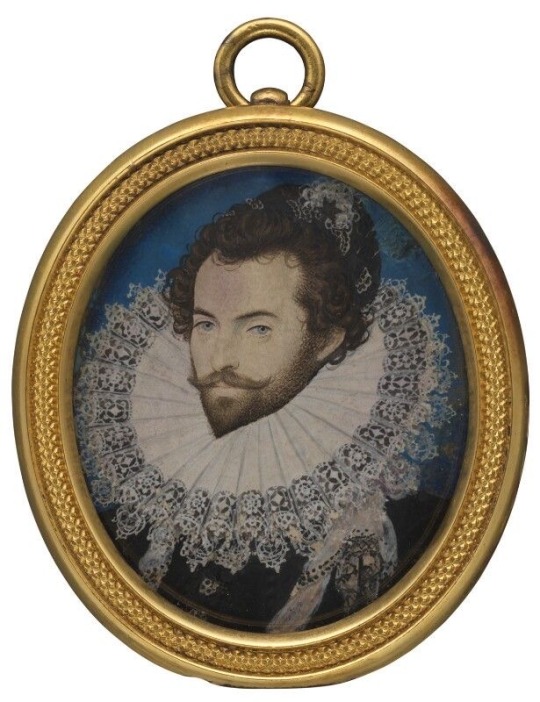

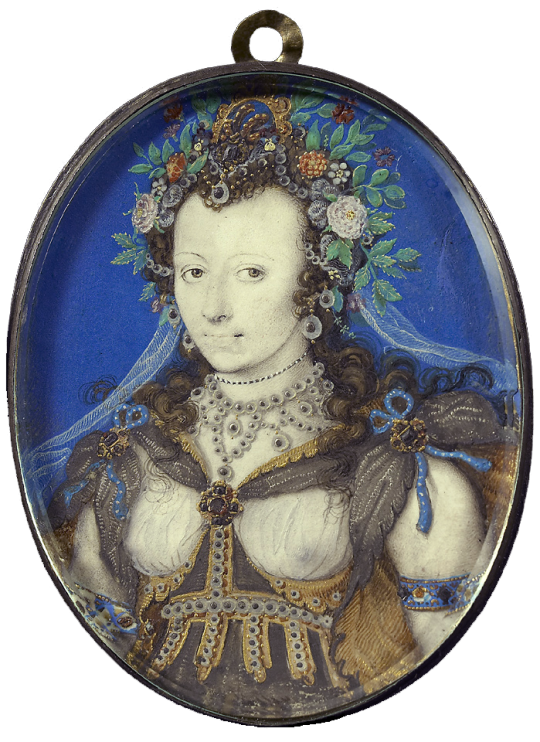
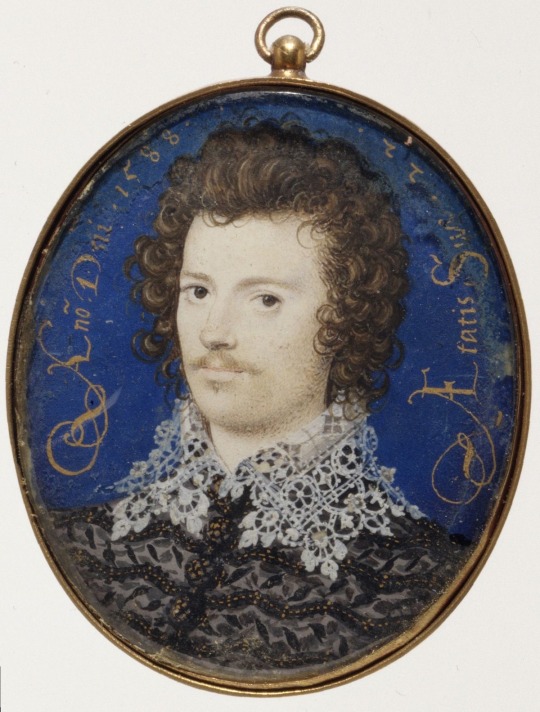
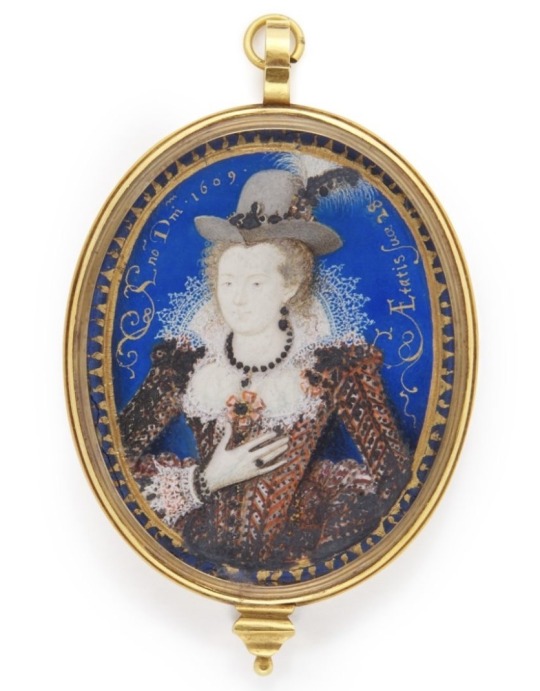
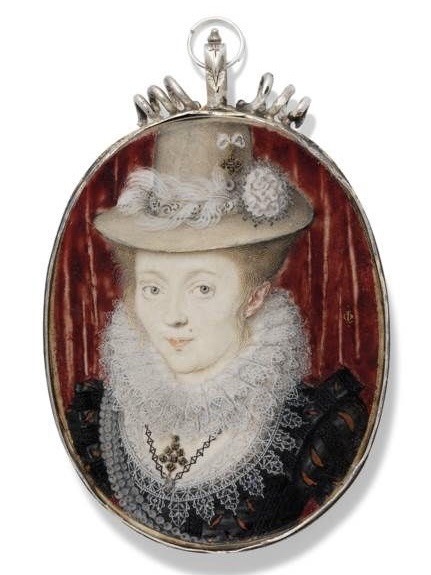

early modern era portrait miniatures
#HATS!#early modern era#shakespearean#early modern#renaissance#english renaissance#early modern period#eme#history#english#england history#portrait#portraits#paintings#images#style#fashion#cool#interesting#elizabethan#tudor#nicolas hilliard#painting
37 notes
·
View notes
Text

#pastime with good company#henry viii#henry the eighth#early English lyrics#trivial#Tudor#northern renaissance#English lyric poetry#lyric poetry
2 notes
·
View notes
Text
So though in love I fervently do burn
In this strange labyrinth how shall I turn?
Lady Mary Wroth, “Pamphilia to Amphilanthus”
#lady mary wroth#pamphilia to amphilanthus#so true girl#renaissance lyric#early modern lyric#renaissance poetry#early modern poetry#sonnet#love#quote#literature#english literature#poetry#love quote#confusion#lost
1 note
·
View note
Text
Early Modern English: Shakespearean Era to the King James Bible (1500-1700 AD)
Early Modern English is the linguistic epoch that spans roughly from the late 15th century to the late 17th century. It represents a significant transitional phase in the evolution of the English language, bridging the gap between the Middle English period and the modern form of the language that we use today.
During the Early Modern English period, several key developments profoundly influenced…
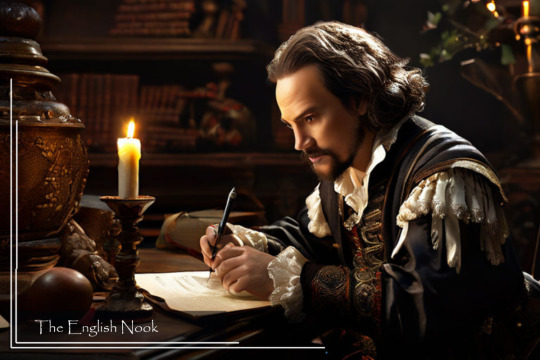
View On WordPress
#Cultural exchange in language#Early Modern English history#education#English#English language evolution#English vocabulary enrichment#english-language#english-learning#Exploration and language evolution#Grammar changes in Early Modern English#inglés#King James Bible influence#King James Version impact#language#Language during Renaissance#language-learning#languages#learn-english#learning#Linguistic developments 1500-1700#Printing press influence#Renaissance language transition#Shakespearean era language#Standardization of English#William Shakespeare vocabulary
0 notes
Text
I got a job at a Ukrainian museum.
On the first day someone asks me if I have any Ukrainian heritage. I say I had ancestors from Odesa, but they were Jewish, so they weren’t considered Ukrainian, and they wouldn’t have considered themselves Ukrainian. My job is every day I go through boxes of Ukrainian textiles and I write a physical description, take measurements, take photographs, and upload everything into the database. I look up “Jewish” in the database and there is no result.
Some objects have no context at all, some come with handwritten notes or related documents. I look at thick hand-spun, hand-woven linen heavy with embroidery. Embroidery they say can take a year or more. I think of someone dressed for a wedding in their best clothes they made with their own hands. Some shirts were donated with photographs of the original owners dressed in them, for a dance at the Ukrainian Labour Temple, in 1935. I handle the pieces carefully, looking at how they fit the men in the photos, and how they look almost a hundred years later packed in acid-free tissue. One of the men died a few years later, in the war. He was younger than I am now. The military archive has more photographs of him with his mother, his father, his fiancé. I take care in writing the catalogue entry, breathing in the history, getting tearful.
I imagine people dressed in their best shirts at Easter, going around town in their best shirts burning the houses of Jews, in their best shirts, killing Jews. A shirt with dense embroidery all over the sleeves and chest has a note that says it is from Husiatyn. I look it up and find that it was largely a Jewish town, and Ukrainians lived in the outskirts. There is a fortress synagogue from the Renaissance period, now abandoned.
When my partner Aaron visits I take him to an event at the museum where a man shows his collection of over fifty musical instruments from Ukraine, and he plays each one. Children are seated on the floor at the front. We’re standing in a corner, the room full of Ukrainians, very aware that we look like Jews, but not sure if anyone recognizes what that looks like anymore. Aaron gets emotional over a song played on the bandura.
A note with a dress says it came from the Buchach region. I find a story of Jewish life in Buchach in the early twentieth century, preparing to flee as the Nazis take over. I cry over this.
I’m cataloguing a set of commemorative ribbons that were placed on the grave of a Ukrainian Nationalist leader, Yevhen Konovalets, after he was assassinated. The ribbons were collected and stored by another Nationalist, Andriy Melnyk, who took over leadership after Konovalets’ death. The ribbons are painted or embroidered with messages honouring the dead politician. I start to recognize the word for “leader”, the Cyrillic letters which make up the name of the colonel, the letters “OYH” which stand for Organization of Ukrainian Nationalists (OUN in English). The OUN played a big part in the Lviv pogroms in 1941, I learn. The Wikipedia article has a black and white image of a woman in her underwear, running in terror from a man and a young boy carrying a stick of wood. The woman’s face is dark, her nose may be bleeding. Her underwear is torn, her breast exposed. I’m measuring, photographing, recording the stains and loose threads in the banners that honour men who would have done this to me.
Every day I can’t stop looking at my phone, looking up the news from Gaza, tapping through Instagram stories that show what the news won’t. Half my family won’t talk to the other half, after I share an article by a scholar of Holocaust and genocide studies, who says Israel is committing a genocide. My dad makes a comment that compares Gaza to the Warsaw Ghetto. This gets him in trouble. My aunt says I must have learned this antisemitism at university, but there is no excuse for my dad.
This morning I see images from Israeli attacks in the West Bank, where they are not at war. There are naked bodies on the dusty ground. I’m not sure if they are alive. This is what I think of when I see the image from the Lviv pogrom. If what it means for Jews to be safe from oppression is to become the oppressor, I don’t want safety. I don’t want to speak about Jews as if we are one People, because I have so little in common with those in green uniforms and tanks. I am called a self-hating Jew but I think I am a self-reflecting Jew.
I don’t know how to articulate how it feels to be handling objects which remind me of Jewish traumas I inherited only from history classes and books. Textiles hold evidence of the bodies that made them and used them. I measure the waist of a skirt and notice that it is the same as my waist size. I think of clothing and textiles that were looted from Jewish homes during pogroms. I think of clothing and textiles that were looted from Palestinian homes during the ongoing Nakba. Clothes hold the shape of the body that once dressed in them. Sometimes there are tears, mends, stains. I am rummaging through personal belongings in my nitrile gloves.
I am hands-on learning about the violence caused by Ukrainian Nationalism while more than nine thousand Palestinians have been killed by the State of Israel in three weeks, not to mention all those who have been killed in the last seventy-five years of occupation, in the name of the Jewish Nation, the Jewish People — me? If we (and I am hesitant to say “we”) learned anything from the centuries of being killed, it was how to kill. This should not have been the lesson learned. Zionism wants us to feel constantly like the victims, like we need to defend ourself, like violence is necessary, inevitable. I need community that believes in freedom for all, not just our own People. I need the half of my family who believes in this necessary “self-defence” to remember our history, and not just the one that ends happily ever after with the creation of the State of Israel. Genocide should not be this controversial. We should not be okay with this.
Tomorrow I will go to work and keep cataloguing banners that honour the leader of an organization which led pogroms. I will keep checking the news, crying into my phone, coordinating with organizers about our next actions, grappling with how we can be a tiny part in ending this genocide that the world won’t acknowledge, out of guilt over the ones it ignored long ago.
8K notes
·
View notes
Text
"In this sad circle I run round,
Till giddily I tumble down;
But should poor I suspire to air,
I know the sad fruits of despair.
Or should I into tears dissolve
What horror would my soul involve."
Hester Pulter, "The Circle [1]" c. 1640-60s
#hester pulter#early modern#women's poetry#renaissance women#english poetry#alchemy#despair#poetry#universal dissolution
1 note
·
View note